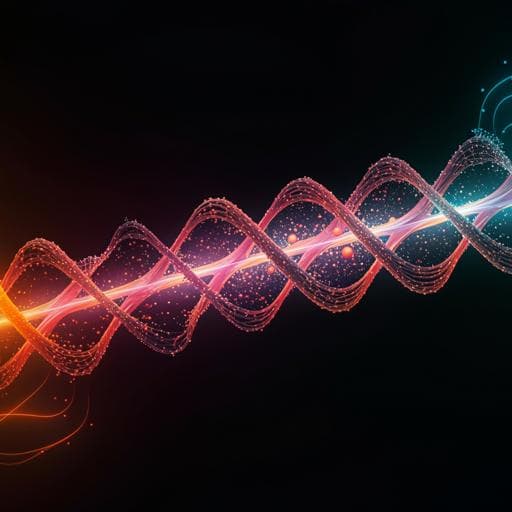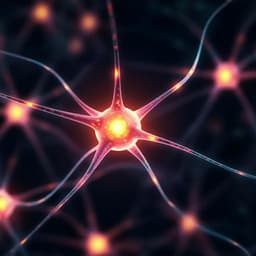
Medicine and Health
In vivo imaging of phosphocreatine with artificial neural networks
L. Chen, M. Schär, et al.
Discover how artificial neural network-based chemical exchange saturation transfer (ANNCEST) is revolutionizing the mapping of phosphocreatine concentration in human skeletal muscle. Conducted by Lin Chen and colleagues, this study showcases rapid and accurate quantification, achieving remarkable results in just 1.5 minutes with a 3T MRI scanner.
~3 min • Beginner • English
Related Publications
Explore these studies to deepen your understanding of the subject.







